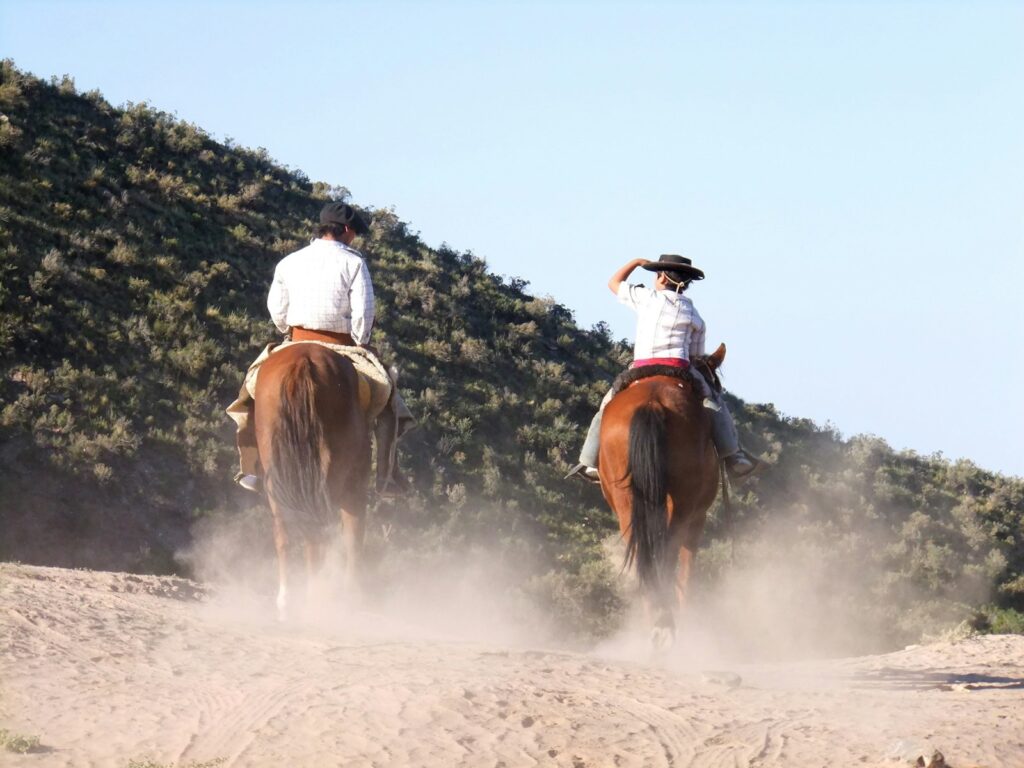In the vast expanse of the American West, where the horizon stretches endlessly and the bond between human and horse defines a way of life, cowboys gain more than just riding skills—they acquire life lessons from their equine partners. This unique connection, forged through countless hours in the saddle and shared challenges across rugged landscapes, forms a classroom like no other. The horse becomes both teacher and companion, offering lessons that extend far beyond the corral and into every aspect of life. From patience and respect to resilience and communication, the wisdom shared by these magnificent animals shapes not only how cowboys work but also how they view the world. These lessons passed down through generations of ranchers and riders, represent a profound educational experience that many cowboys value more than any formal schooling they have received.
The Power of Non-Verbal Communication
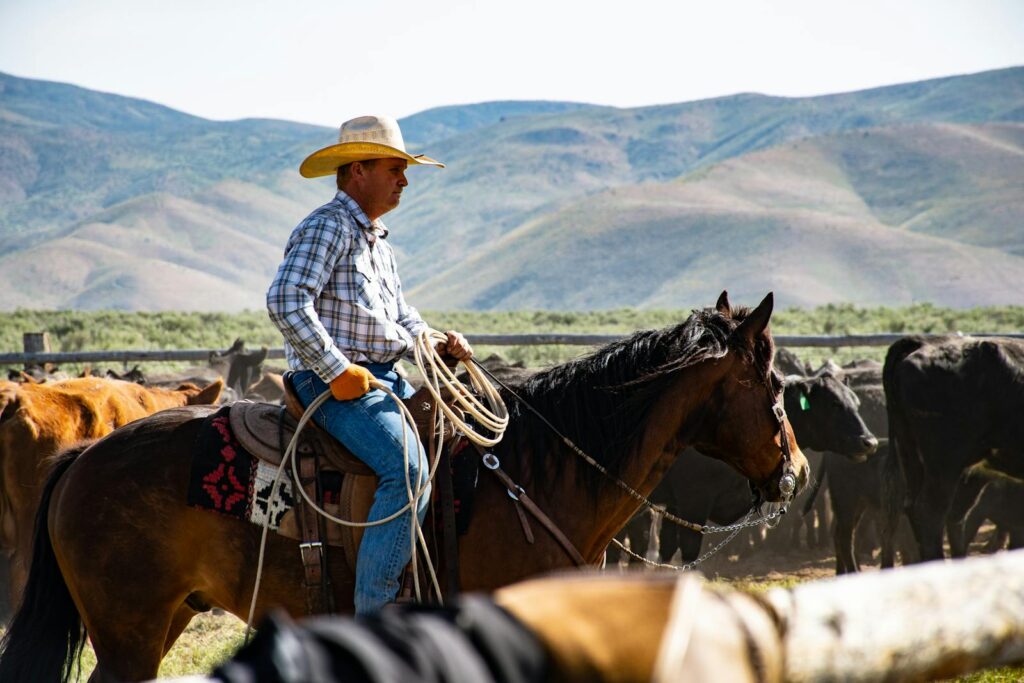
Working with horses teaches cowboys that the most important messages are often the ones left unspoken. Horses communicate primarily through body language—a flick of an ear, a shift in weight, or the tension in their muscles can reveal volumes about what the animal is thinking or feeling. Cowboys learn to become hyper-aware of these subtle signals, developing an almost instinctive ability to read situations through nonverbal cues. Over time, this skill naturally transfers to their interactions with people, making many experienced cowboys remarkably perceptive about human intentions and emotions. A cowboy who has spent years interpreting a horse’s silent language often becomes a keen observer of human nature, understanding that what remains unsaid is often more telling than spoken words.
Patience as a Virtue and Necessity
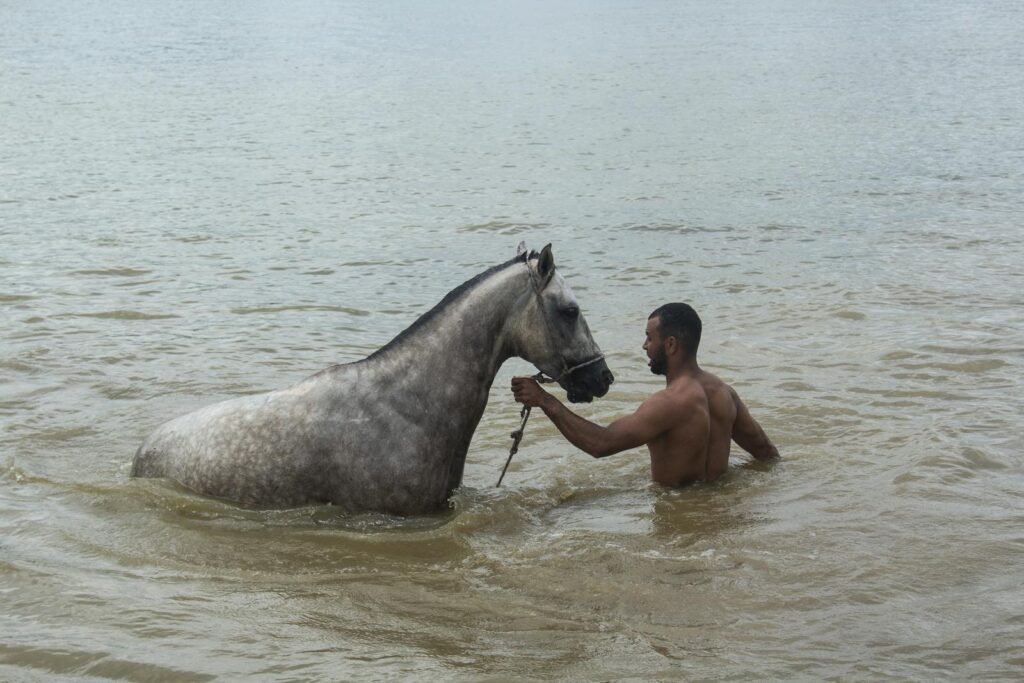
Perhaps no lesson is hammered home more consistently by horses than the absolute necessity of patience. Young cowboys quickly learn that rushing a horse—whether in training, during a difficult crossing, or in a tense situation—almost always ends poorly for both horse and rider. Horses operate on their own timeline and respond to pressure in ways that demand measured, thoughtful responses rather than impulsive reactions. Many a cowboy can recall the moment they realized their frustration was only making matters worse, while patience resolved problems that force never could. Over time, this lesson becomes deeply ingrained, shaping the unhurried, deliberate demeanor that often characterizes experienced ranch hands. A cowboy who learns patience from his horse typically carries this quality into every aspect of life, from personal relationships to problem-solving.
Respect Must Be Earned, Not Demanded
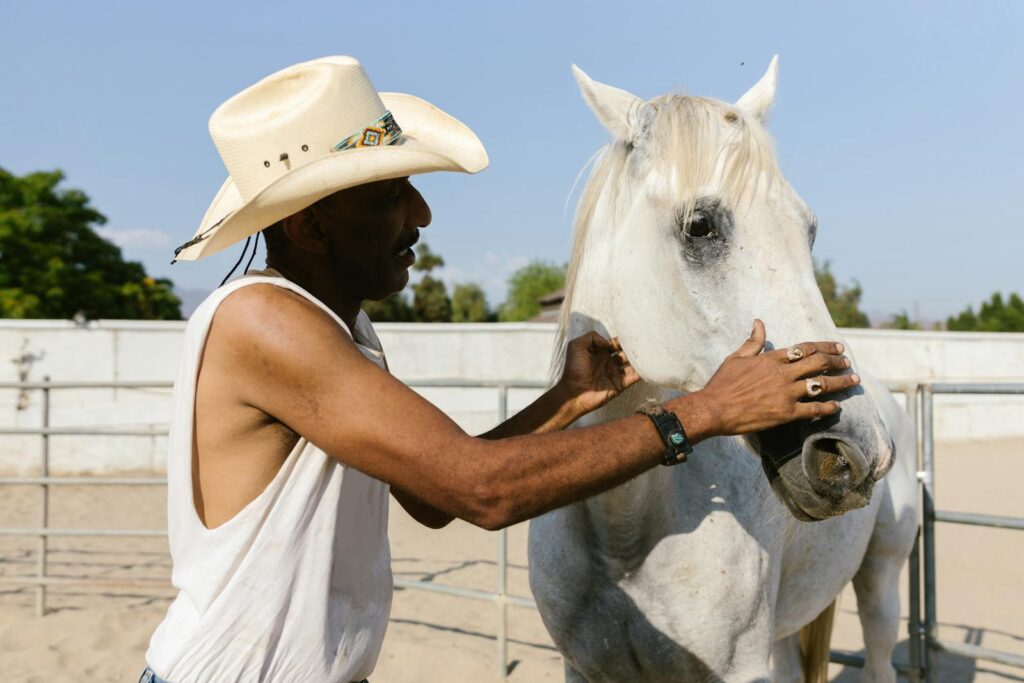
A horse weighing over a thousand pounds follows a cowboy’s lead not because it must, but because it chooses to—a powerful lesson in the nature of true respect. Cowboys quickly learn that horses don’t respond to bluster, false confidence, or intimidation with anything but resistance or reluctance. Instead, they give their cooperation and best efforts to those who demonstrate consistency, fairness, and trustworthiness. This reality teaches cowboys that real leadership isn’t about domination; it’s about building relationships founded on mutual respect. Many veteran ranch hands can recall the exact moment they realized that a horse’s willingness to work was not a reflection of the cowboy’s authority, but of the horse’s judgment of the cowboy’s character. This understanding shapes how cowboys approach all relationships, valuing earned respect over demanded obedience.
Consistency Builds Trust
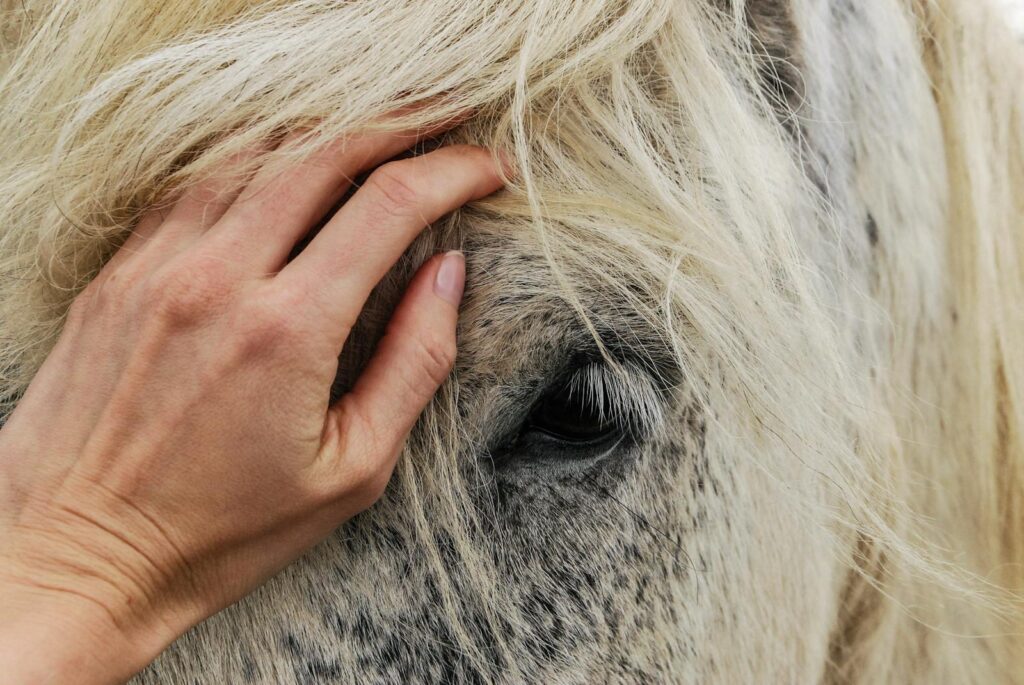
Horses thrive on predictability and respond best to handlers whose actions and reactions remain consistent day after day. Cowboys quickly learn that changing the rules, shifting expectations, or reacting unpredictably creates confusion and anxiety in their equine partners. A horse remembers how a cowboy behaved yesterday and expects the same today—a powerful reminder for humans to develop consistent character. This lesson often transforms cowboys into individuals whose word can be trusted without question, as they come to understand that trust is built through steady reliability, not through occasional grand gestures. Many ranchers note that working with horses has made them more aware of their own inconsistencies and more committed to being the same person in every circumstance, regardless of stress, fatigue, or personal challenges.
Fear Demands Acknowledgment, Not Suppression
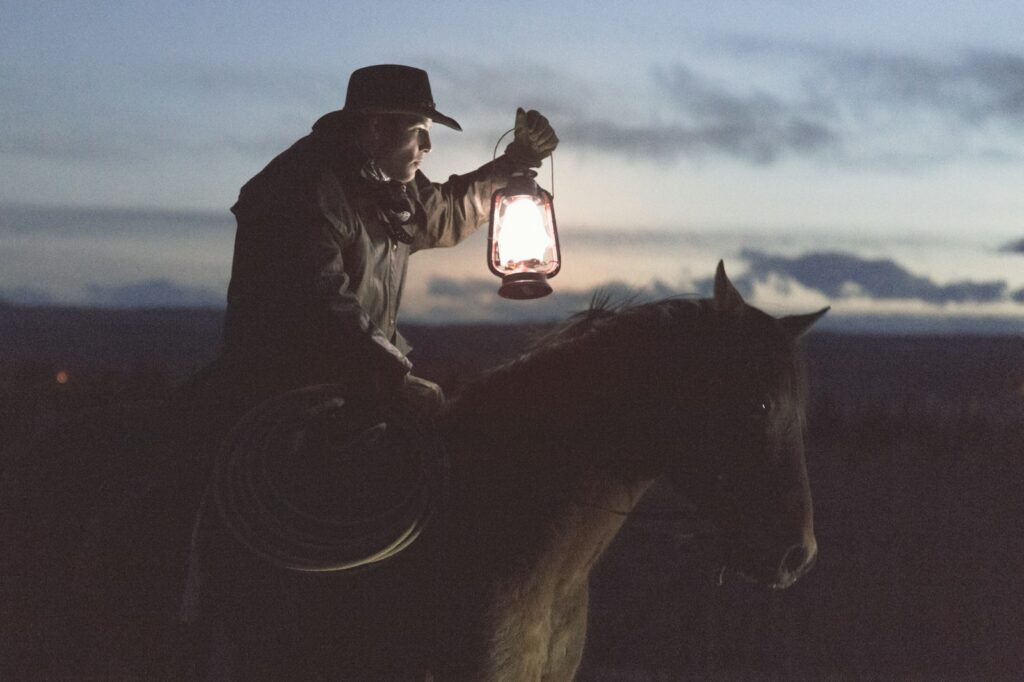
When working with an animal that can sense fear instantly through subtle changes in a rider’s body tension, breathing, and heart rate, cowboys quickly learn the futility of trying to hide their emotions. Horses respond not to what cowboys pretend to feel, but to what they actually feel—making emotional honesty essential for an effective partnership. This reality teaches cowboys to acknowledge their fears and concerns, rather than masking them with false bravado. The most skilled horse handlers often speak of learning to recognize their own fear, respect it as information rather than weakness, and work through it methodically, rather than denying its existence. This approach to fear often extends beyond horsemanship, shaping how cowboys handle challenging situations in all aspects of life, and creating individuals who face difficulties with clear-eyed realism, rather than denial.
Reading Individual Dispositions
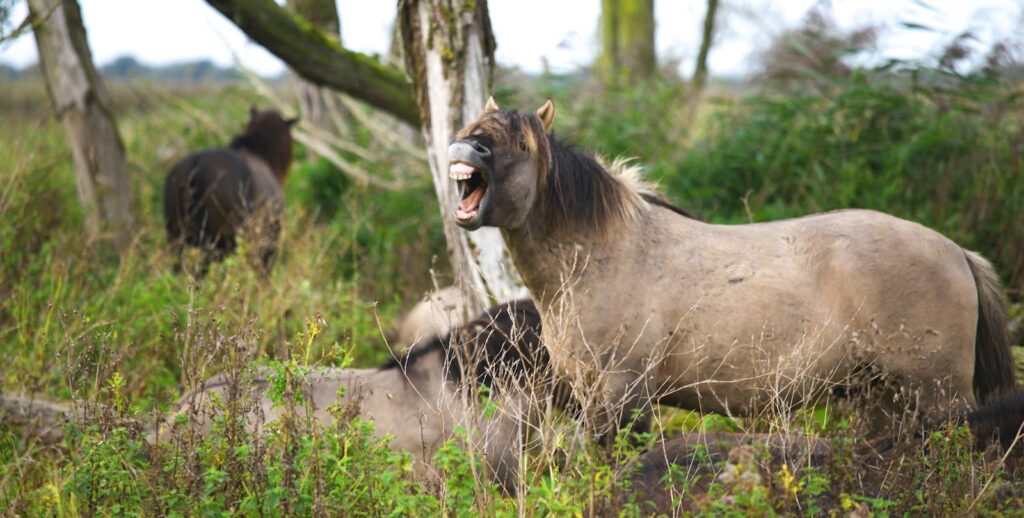
No two horses are alike in temperament, preferences, or learning style—a reality that teaches cowboys to become students of individual psychology. Working with a variety of horses helps cowboys recognize and adapt to different personalities, whether they’re handling a high-strung, sensitive animal that requires gentle care, or a stubborn, dominant horse that needs firm boundaries. This experience develops remarkable adaptability in cowboys, who learn to adjust their approach based on the individual before them, rather than relying on a one-size-fits-all method. Many seasoned ranch hands take pride in their ability to “read” a horse within minutes of interaction, quickly assessing its temperament and adjusting their handling accordingly. This skill often extends to human interactions, making cowboys particularly adept at recognizing and accommodating different personality types, whether among coworkers, family members, or strangers.
The Value of Incremental Progress
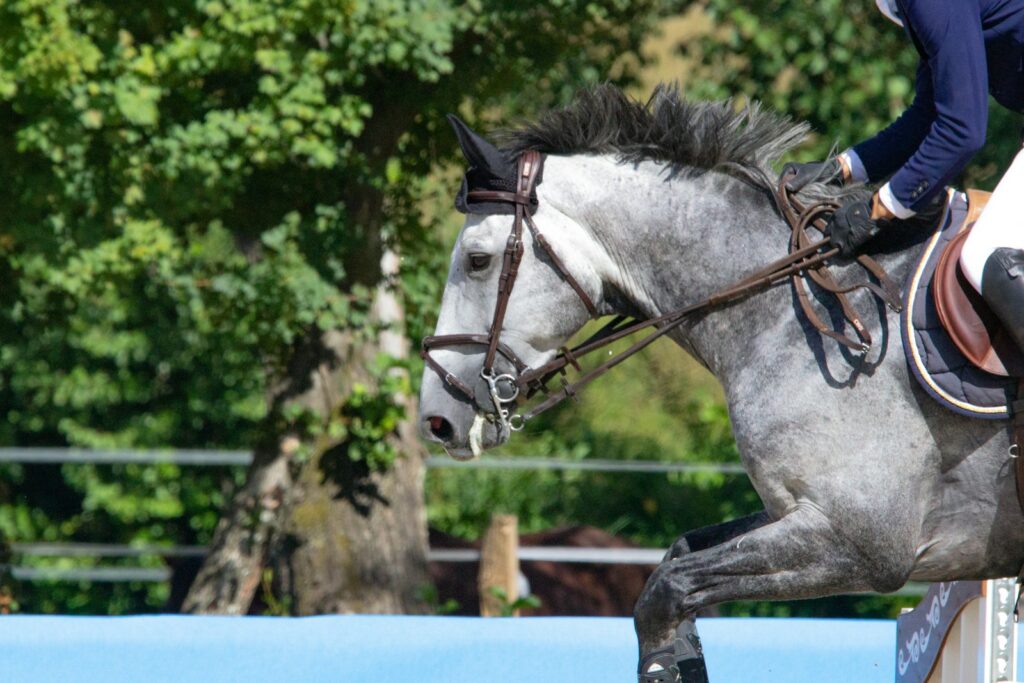
Horse training teaches cowboys that meaningful development occurs in small steps, not dramatic leaps. A colt doesn’t go from untouched to fully trained in a single session; instead, progress comes through countless small victories and consistent reinforcement over time. Cowboys learn to recognize and appreciate incremental improvement, celebrating small signs of progress rather than focusing solely on the end goal. This perspective fosters remarkable patience and persistence, as cowboys realize that meaningful change—whether in horses or life situations—rarely happens overnight. Many ranchers apply this incremental approach to everything from building fences to raising children, understanding that consistent, small efforts often lead to more lasting results than sporadic major interventions.
Overcoming Through Partnership
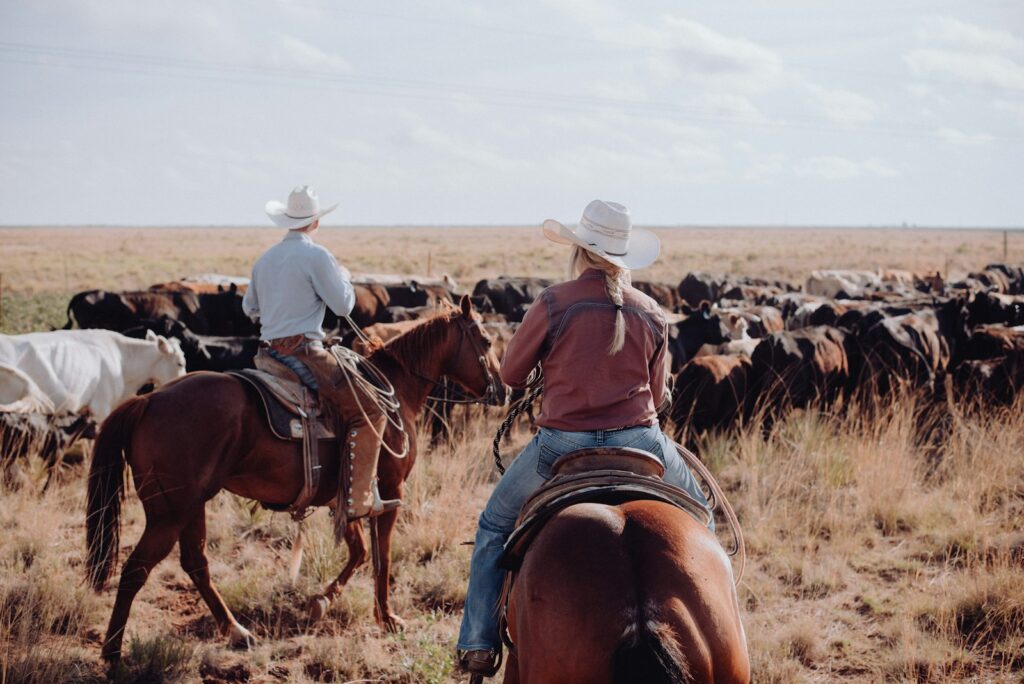
Working cattle across challenging terrain teaches cowboys that true accomplishment comes through partnership, not individual effort. A cowboy alone cannot move a herd through a dangerous country, but with a well-trained horse, the seemingly impossible becomes achievable. This experience fundamentally shapes how cowboys approach challenges, teaching them to seek collaborative solutions rather than trying to force outcomes through sheer will. Many cowboys recall moments when they surrendered their own ideas about how to navigate an obstacle and trusted their horse’s instincts instead—often achieving better results than they could have on their own. This lesson creates individuals who understand the power of genuine partnership and approach problems with an eye toward cooperation, rather than domination or individual heroics.
Awareness of Environmental Factors
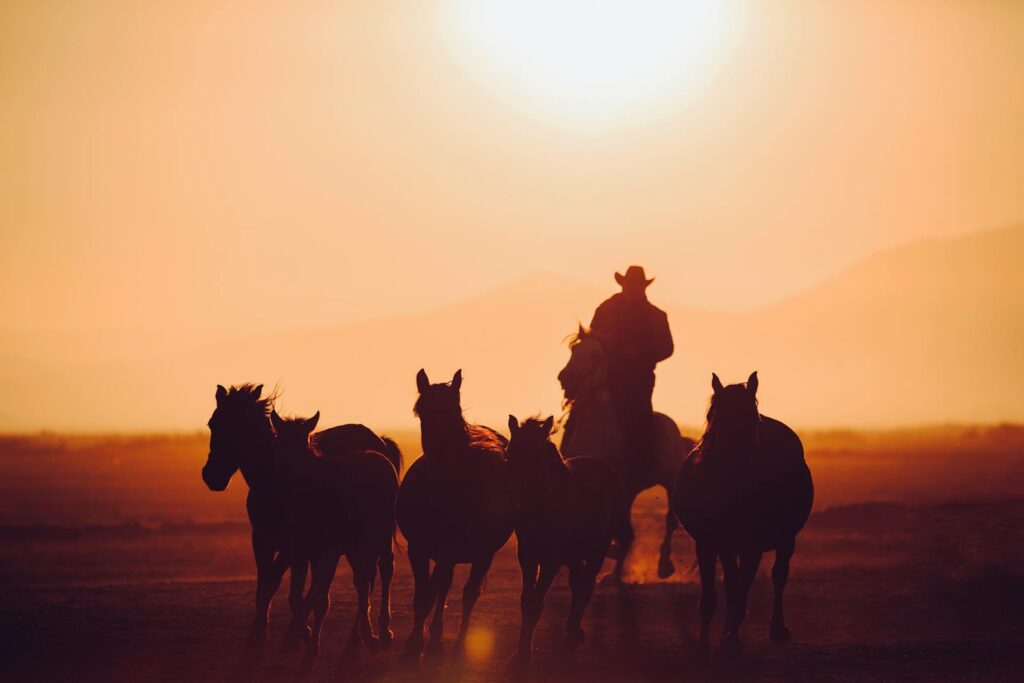
Horses are incredibly sensitive to environmental changes that humans might overlook—distant sounds, shifting weather patterns, the presence of predators, or subtle changes in terrain. Working closely with these perceptive animals develops in cowboys an enhanced awareness of their surroundings. Experienced riders learn to notice their horse’s reactions to environmental factors and develop the habit of constantly scanning and assessing their environment. This heightened situational awareness becomes second nature, keeping cowboys alert to potential dangers or changes that could affect their work or safety. Many veteran ranch hands credit their horses with teaching them to maintain what they call “the big picture view”—attending to the immediate task while staying aware of the broader environment and emerging conditions that may require adaptation.
The Cost of Poor Preparation
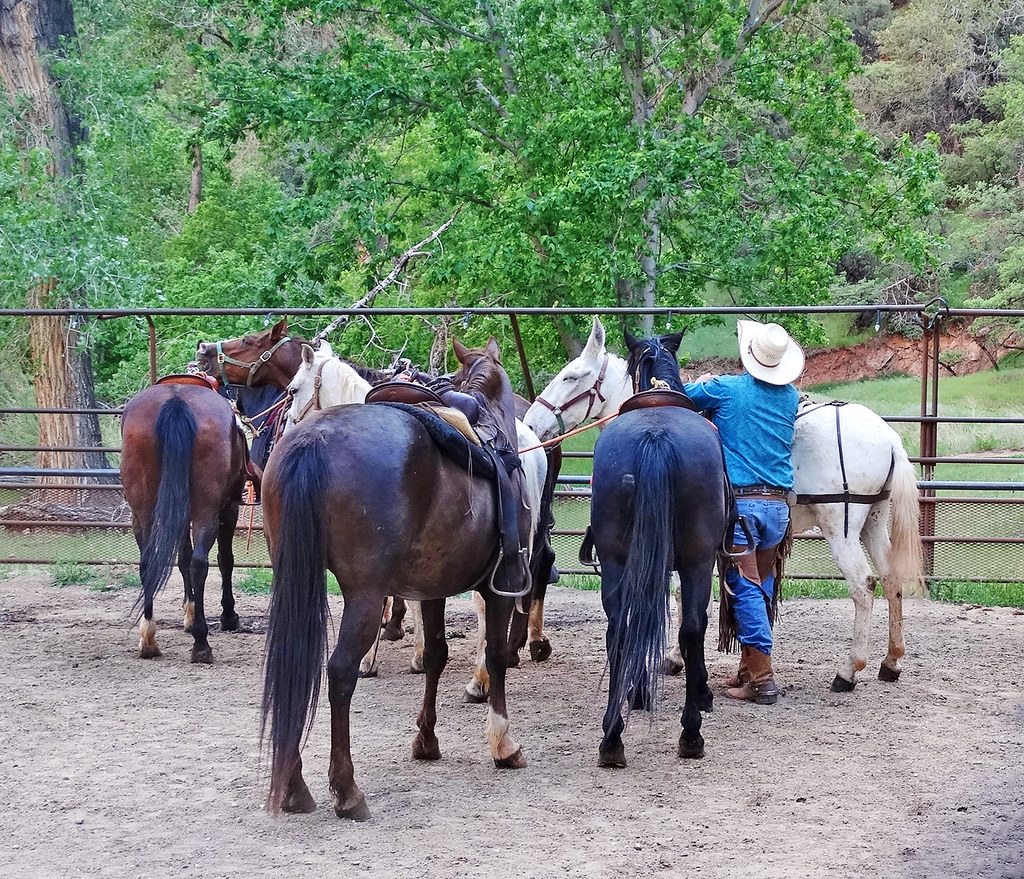
Few teachers provide more immediate feedback about inadequate preparation than a horse. Cowboys quickly learn that skipped steps in training, poorly maintained equipment, or insufficient conditioning will inevitably cause problems—often at the most inconvenient or dangerous moments. This reality instills in cowboys a meticulous attention to preparation and equipment maintenance, which becomes characteristic of their approach to all tasks. Many ranchers can recall specific incidents where cutting corners led to preventable difficulties, reinforcing the lesson that thorough preparation is never wasted time. This philosophy often extends beyond horse care to all aspects of ranch work, shaping individuals known for their thoroughness and attention to detail, despite the seemingly rough-and-ready appearance that outsiders might perceive.
Recovery from Inevitable Falls
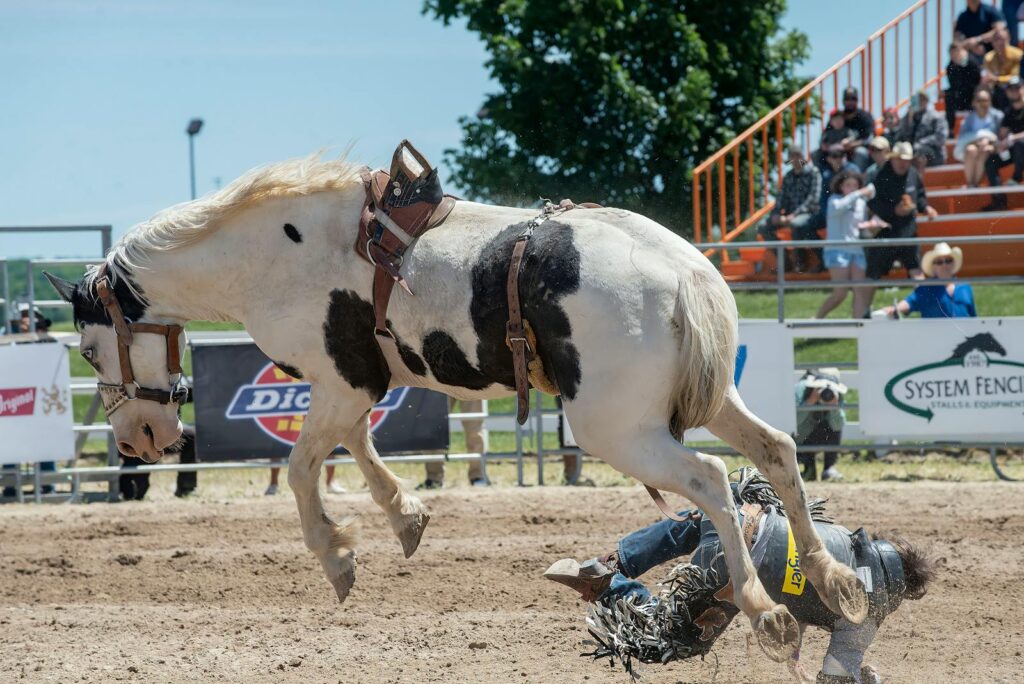
The old cowboy saying, “You aren’t a real rider until you’ve fallen off seven times,” reflects the inevitable reality that working with horses includes setbacks and occasional painful lessons. Cowboys learn not just how to fall (a skill in itself) but, more importantly, how to get back up, assess what went wrong, and continue the work despite discomfort or fear. This experience builds remarkable resilience, teaching cowboys to view setbacks as temporary and instructive, rather than defining. Many experienced ranch hands speak of how falling and remounting shaped their approach to all of life’s challenges, creating an ingrained belief that difficulty is something to work through, rather than avoid. This resilience often makes cowboys particularly effective in crisis situations, where their experience with recovery and adaptation serves them well.
The Power of Quiet Confidence
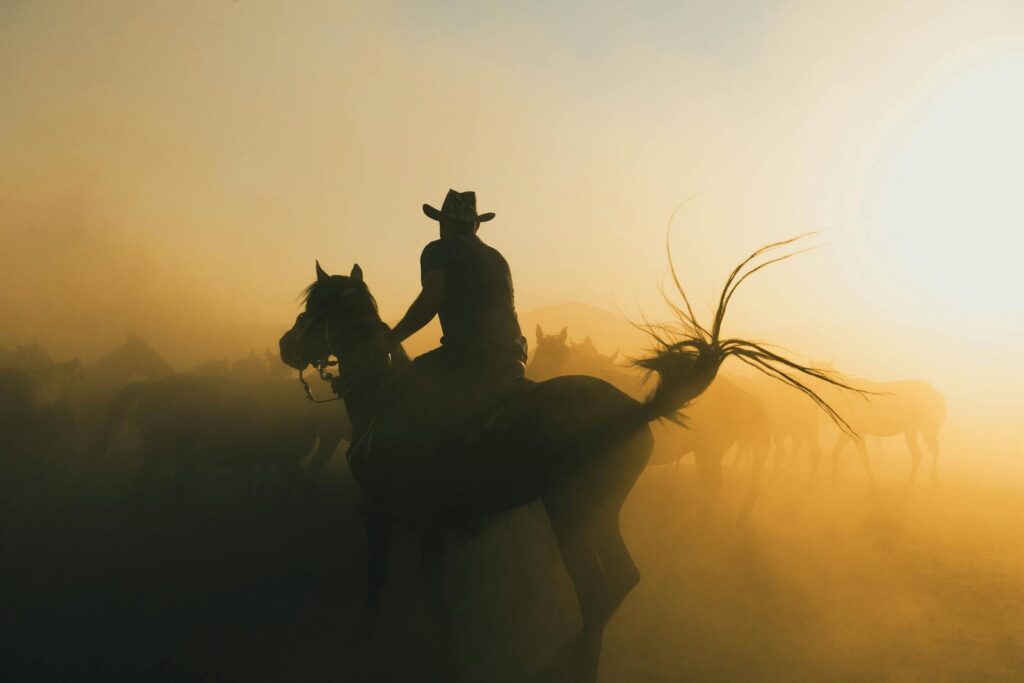
Horses respond poorly to both timidity and overconfidence, teaching cowboys the value of balanced, quiet self-assurance. A nervous, uncertain rider communicates their anxiety directly to the horse, creating a feedback loop of tension. Conversely, an overly aggressive, arrogant approach triggers resistance and potential conflict with the animal. Through this feedback, cowboys develop what many describe as “quiet confidence”—a centered certainty that doesn’t need to announce itself loudly but is immediately felt by both horses and humans. This balanced self-assurance becomes characteristic of experienced cowboys, who often command respect through presence rather than proclamation. Many ranch owners note that they can identify truly experienced hands not by boastful stories, but by the calm, assured way they handle themselves around horses and in challenging situations.
Legacy of the Lessons Learned
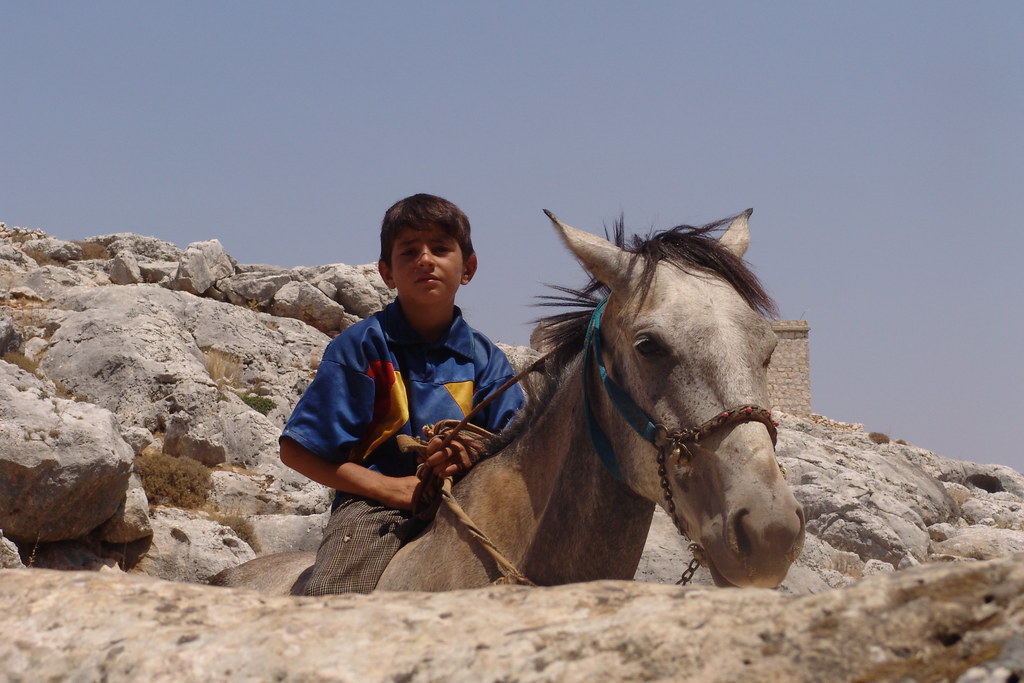
The wisdom gained from horses doesn’t end with the individual cowboy but becomes part of a cultural inheritance passed down through generations. Experienced cowboys become living repositories of horse knowledge, sharing their hard-earned insights with younger riders and preserving traditions of horsemanship that have proven effective over centuries. This transfer of knowledge often happens not through formal instruction, but through stories, demonstrations, and shared work experiences that embed lessons in practical context. Many older cowboys view the transmission of horse wisdom as one of their most important responsibilities, ensuring that the profound lessons they’ve learned from their equine partners continue to shape the character and capabilities of future generations. This living legacy creates continuity in ranching communities and preserves a distinctive approach to challenges that has been refined through countless interactions between humans and horses across the American West.
The relationship between cowboys and their horses represents one of the most enduring partnerships in American culture—one that shapes not just how work gets done but the very character of those who engage in it. The lessons horses teach transcend simple skills and techniques, reaching into fundamental aspects of human character: patience, honesty, consistency, and resilience. For generations, these four-legged professors have been molding cowboys into individuals whose approach to life reflects the best qualities of the horse-human relationship: straightforward, dependable, adaptable, and resilient. In a world increasingly dominated by technology and abstraction, the direct, unfiltered wisdom gained through working with horses offers timeless insights that remain as relevant today as they were when the first cowboys rode the open range. These lessons, earned through sweat, persistence, and occasionally tears, continue to shape the cowboy way of life and offer wisdom valuable far beyond the boundaries of ranch and range.

